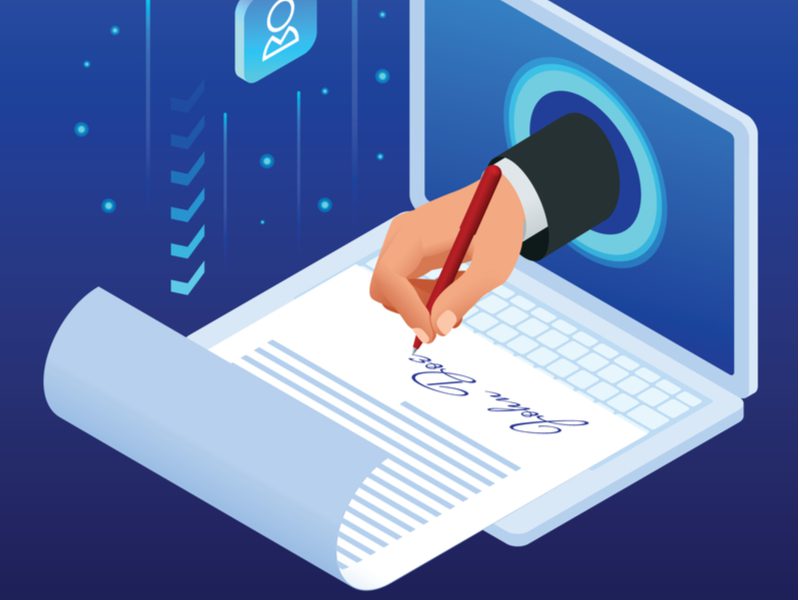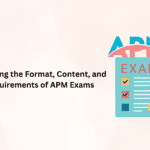To ensure that criminal actors do not gain access to your products and services, every firm must create an effective digital document verification system. You also don’t want to scare away legitimate clients. If your onboarding process is long or uncomfortable, customers will be driven away.
You must achieve the ideal equilibrium. Your clients expect convenience and quickness.
The perks of document verification
You might be familiar with the document and ID verification process. Banks and other corporations have been doing this for decades. You may, however, be accustomed to confirming IDs in a physical situation. Customers will experience friction as a result of this, which will slow down the process and hinder your firm from expanding.
You may remotely confirm your clients’ IDs using a digital document verification system. As part of a remote onboarding process, it’s a quick approach to determine if an ID is authentic. As a consequence, your ID checks will grow and become more effective. It protects your company against fake IDs while making your customers’ lives simpler.
The difficulty is that many companies lack the money, experience, or technology necessary to perform comprehensive document verification services. There are several varieties of document fraud, each of which necessitates a unique technique of detection. Identifying and catching different forms of fraud involves time and money.
A comprehensive document attestation system can aid in this situation.
Various types of digital document fraud are distinguished
Now let us begin with a quick rundown of all those types of document fraud.
Documents that are forged fall into one of three types:
- Modified documents: When a fraudster modifies an original document according to his/her benefit.
- Illegitimate documents: Illegitimate documents are fully made-up documents. The information is imaginary and doesn’t even exist in the real world.
- Falsely presented documents: These may be legitimate or true, but they do not belong to the individual who is presenting them.
The most prevalent sorts of illegitimate documents are counterfeiting papers, infiltrated or stolen documents, and disguised documents.
Finally, there are two categories of fraudulently obtained papers: impostor documents and fraudulently obtained documents. Without advanced identity verification documents technologies, this is also the most difficult sort of ID fraud to identify.
It becomes difficult very soon. Not only are there numerous ways for fraudsters to tamper with papers, but there are also millions of fake IDs from hundreds of various nations on the market. Each one has its appearance and security features.
So, what’s the best way to effectively e verify documents?
Detecting ID fraud through digital document verification
Since each type of ID fraud is different, you’ll need to utilize a variety of techniques to catch as many as possible.
Looking for data consistency, for example, is a good technique to spot updated papers. Examine the whole card for the document registration number, expiry date, birth date, sexual identity, and other encoded details.
Illegitimate papers can fall through the cracks if digital document authenticity analytics aren’t used.
When it comes to misleading paperwork, things get a bit more complicated. Verifying proof of ownership is the only method to properly combat this type of fraud. As a result, while the document verification process has its advantages, it will be less successful at detecting fraud when used alone. After all, it just serves to verify the authenticity of an ID. It is difficult to confirm the individual’s identification using that ID.
Using a combination of digital document verification and biometric verification
Comparing a digital picture or video of the individual to the image on the ID card is the best way to identify fraud such as improperly portrayed papers. A digital document verification paired with a facial verification confirms the legitimacy of the document and connects it to the person who provided it. Since it is among the most successful strategies for avoiding most types of fraud, experts believe it should become the industry norm for identity verification.
Summary
When it comes to document verification, digital document verification systems might be a cost-effective approach to help your company be more efficient, consistent, and competitive. A digital document verification system is the most accurate tool available if you or your personnel are responsible for guaranteeing that identification papers provided to you are real and that the holder is the lawful owner.
Companies that specialize in identity verification should have the competence and information necessary to recognize various forms of fraud. They should also have the capacity to accommodate hundreds of various document kinds, as well as the ability to detect whether or not they are false.







